Why is an Iceberg Frozen but not the water below?
Follow FizzicsEd 150 Science Experiments:
You will need:
- Two balloons
- Salt, funnel and a measuring spoon
- 75mL of water per balloon
- A freezer
- A stopwatch
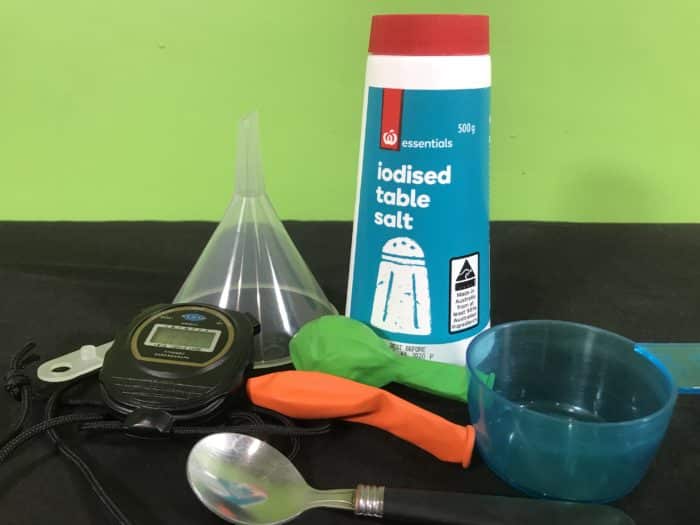
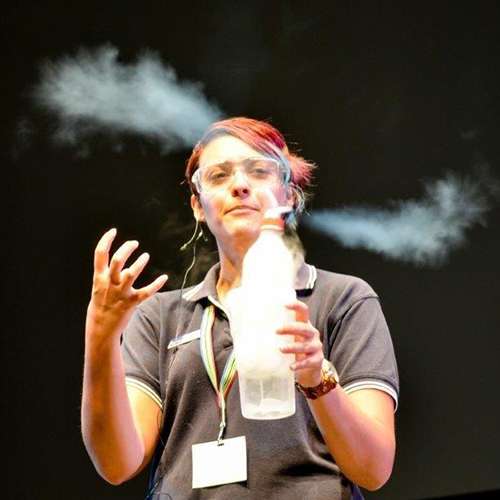
School science visits since 2004!
– Curriculum-linked & award-winning incursions.
– Over 40 primary & high school programs to choose from.
– Designed by experienced educators.
– Over 2 million students reached.
– Face to face incursions & online programs available.
– Early learning centre visits too!
Why Does This Happen?
Adding salt to water lowers its freezing point below 0o Celsius. As ice forms in polar regions, the salt within the forming ice is ejected into the surrounding water. This causes water below the ice to exist at sub-zero temperatures.
Also, water expands when it freezes – try measuring the diameter of the balloon with vernier callipers before freezing and afterwards once it has frozen > better than exploding cans in the freezer! Expanding causes the ice to be less dense than the surrounding liquid water, thereby the ice floats.
People use salt to melt ice on roads, an important safety concern for motorists.
Variables to test
- What if you add sugar instead of salt?
- Does vegetable oil do the same thing?
Teaching about states of matter? From boiling & freezing, the Liquid Nitrogen show and the Properties of Materials workshop have you covered!
Get in touch with FizzicsEd to find out how we can work with your class.
Liquid Nitrogen Show
Years K to 6
Maximum 60 students
Science show
45 minutes
Online Class Available
STEM Full Day Accelerator - Primary
Designed from real classroom experiences, this modular day helps you create consistently effective science learning that directly address the new curriculum with easily accessible and cost-effective materials.

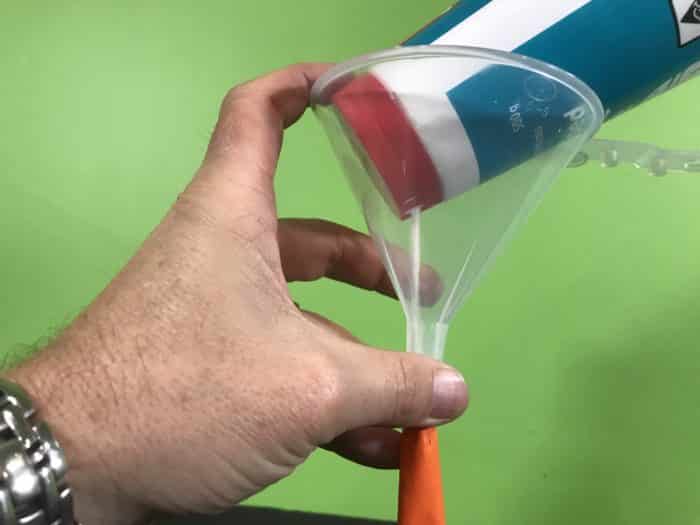

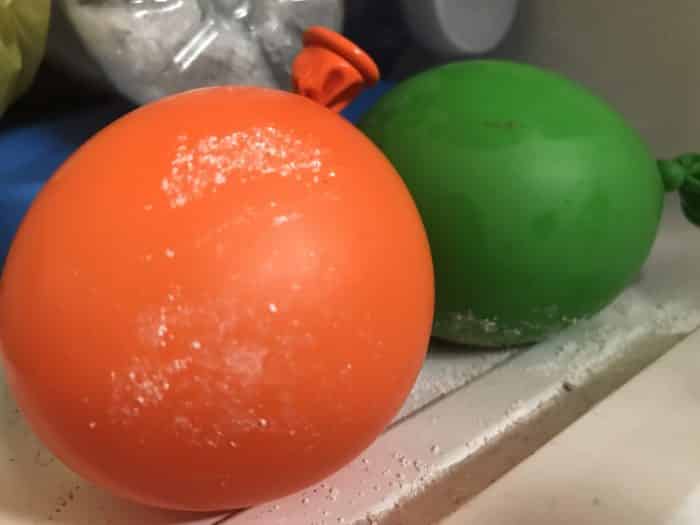



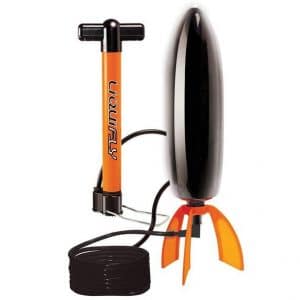
























how many minuets or hours should you leave the balloon for ?
Hi Selina! This is dependent on the starting temperature of your water as well as which temperature your freezer is set at. Run this experiment whilst taking measurements on at least a 10-minute basis until one of the balloons has water inside that is completely frozen. Let us know your results!